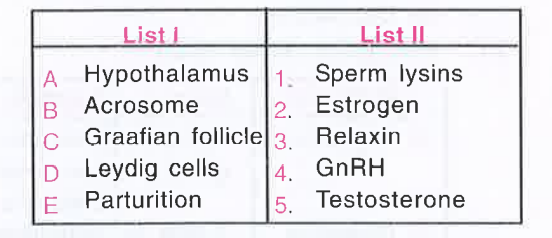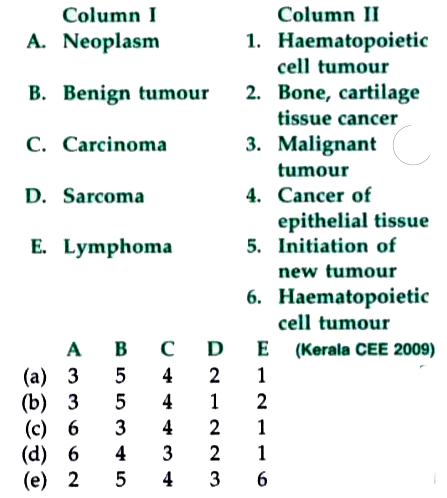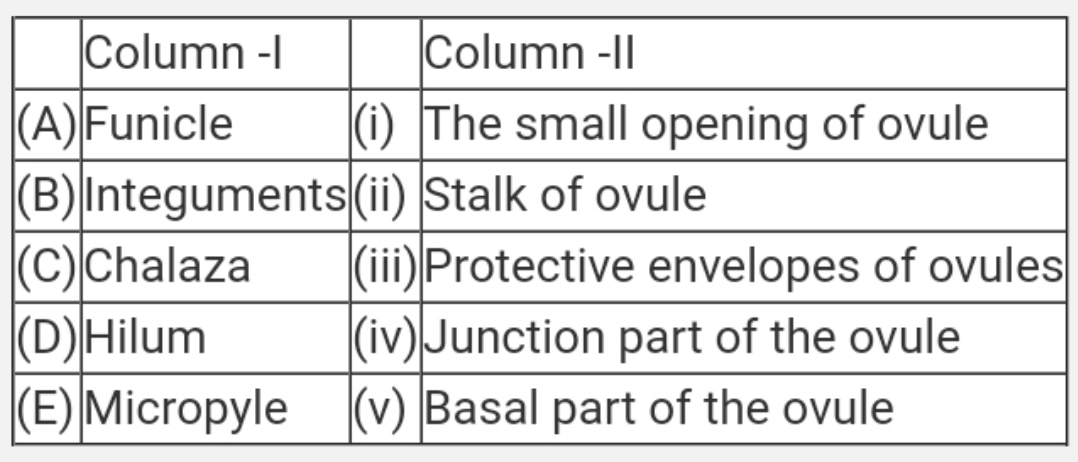Decomposers like fungi and bacteria are
(i) Autotrophs (ii) Heterotrophs
Saprotrophs
(iv) Chemo-autotrophs
Choose the correct answer
(i) and (iii)
(i) and (iv)
(ii) and (iii)
(i) and (ii)
The correct Answer is:C
To solve the question regarding decomposers like fungi and bacteria, we need to analyze the options provided and understand the definitions of each term.
1. Understand the Definition of Autotrophs:
- Autotrophs are organisms that can produce their own food using inorganic substances. They typically use processes like photosynthesis (e.g., plants and cyanobacteria).
- Hint: Think about which organisms can make their own food.
2. Understand the Definition of Heterotrophs:
- Heterotrophs are organisms that cannot produce their own food and must obtain it by consuming other organisms. This includes animals that eat plants or other animals.
- Hint: Consider organisms that rely on others for nutrition.
3. Understand the Definition of Saprotrophs:
- Saprotrophs are a specific type of heterotroph that feed on dead organic matter, such as decaying plants and animals. Fungi and bacteria fall into this category as they decompose dead material.
- Hint: Focus on organisms that break down dead matter.
4. Understand the Definition of Chemo-autotrophs:
- Chemo-autotrophs are organisms that obtain energy by oxidizing inorganic substances (like sulfur) and use that energy to produce their own food. They are not relevant to fungi and bacteria.
- Hint: Think about organisms that use chemicals instead of sunlight for energy.
5. Analyze the Question:
- The question asks about decomposers like fungi and bacteria. Since they feed on dead organic matter, they fit the definition of saprotrophs.
- Therefore, the correct answer is that decomposers like fungi and bacteria are saprotrophs.
Final Answer:
The correct answer is (iii) Saprotrophs.
- Autotrophs are organisms that can produce their own food using inorganic substances. They typically use processes like photosynthesis (e.g., plants and cyanobacteria).
- Hint: Think about which organisms can make their own food.
- Heterotrophs are organisms that cannot produce their own food and must obtain it by consuming other organisms. This includes animals that eat plants or other animals.
- Hint: Consider organisms that rely on others for nutrition.
- Saprotrophs are a specific type of heterotroph that feed on dead organic matter, such as decaying plants and animals. Fungi and bacteria fall into this category as they decompose dead material.
- Hint: Focus on organisms that break down dead matter.
- Chemo-autotrophs are organisms that obtain energy by oxidizing inorganic substances (like sulfur) and use that energy to produce their own food. They are not relevant to fungi and bacteria.
- Hint: Think about organisms that use chemicals instead of sunlight for energy.
- The question asks about decomposers like fungi and bacteria. Since they feed on dead organic matter, they fit the definition of saprotrophs.
- Therefore, the correct answer is that decomposers like fungi and bacteria are saprotrophs.
The correct answer is (iii) Saprotrophs.
Topper's Solved these Questions
Similar Questions
Decomposers like fungi and bacteria are:
i. autotrophs ii. heterotrophs
iii. saprotrophs iv. Chemo-autotrophs
Choose the correct answer:
View SolutionDecomposers like fungi and bacteria are:
i. autotrophs ii. heterotrophs
iii. saprotrophs iv. Chemo-autotrophs
Choose the correct answer:
View SolutionMatch List I with List II and choose the correct answer

View SolutionAre chemosynthetic bacteria autotrophic or heterotrophic ?
View SolutionMatch column I with column II and choose the correct answer.

View SolutionMatch the column I and II and choose the correct answer.

View SolutionMatch the columns I, II and III. Choose the correct option.

View SolutionMatch the items in column-I with those in column-II and choose the correct answer

View SolutionMatch between column I and column-II and choose the correct answer ?

View SolutionStatement I : Flower is aggregation of sporophylls.
Statement II : Sporophylls are modified in angiosperms .
Choose the correct answer based on the above statements.
View Solution
